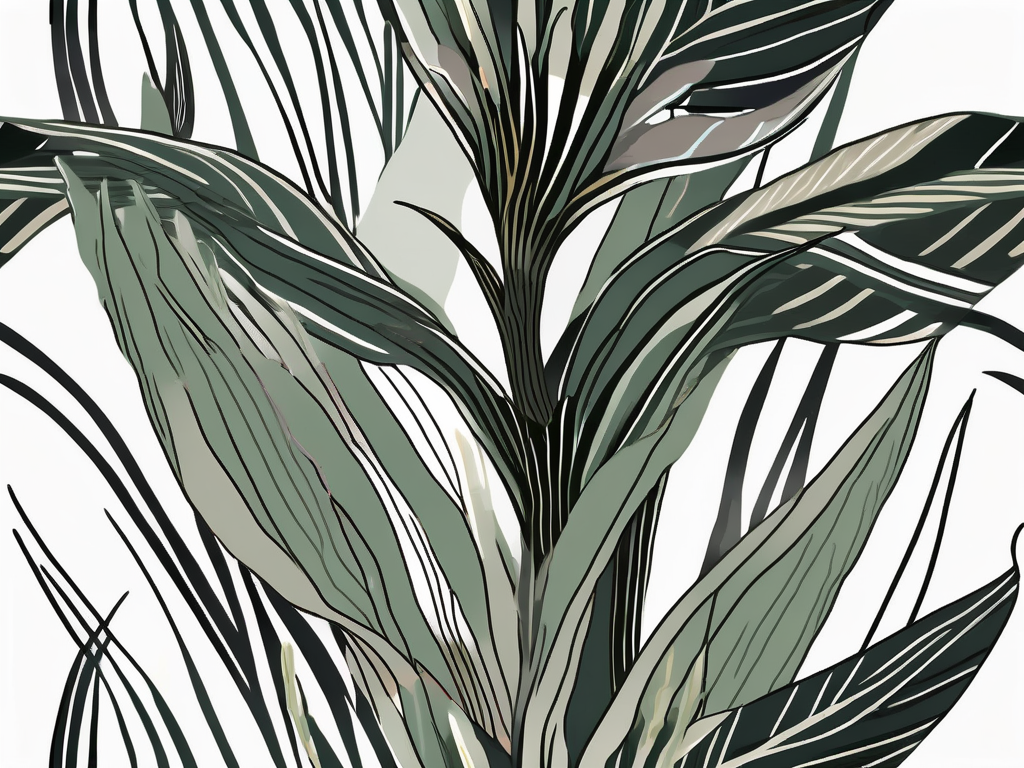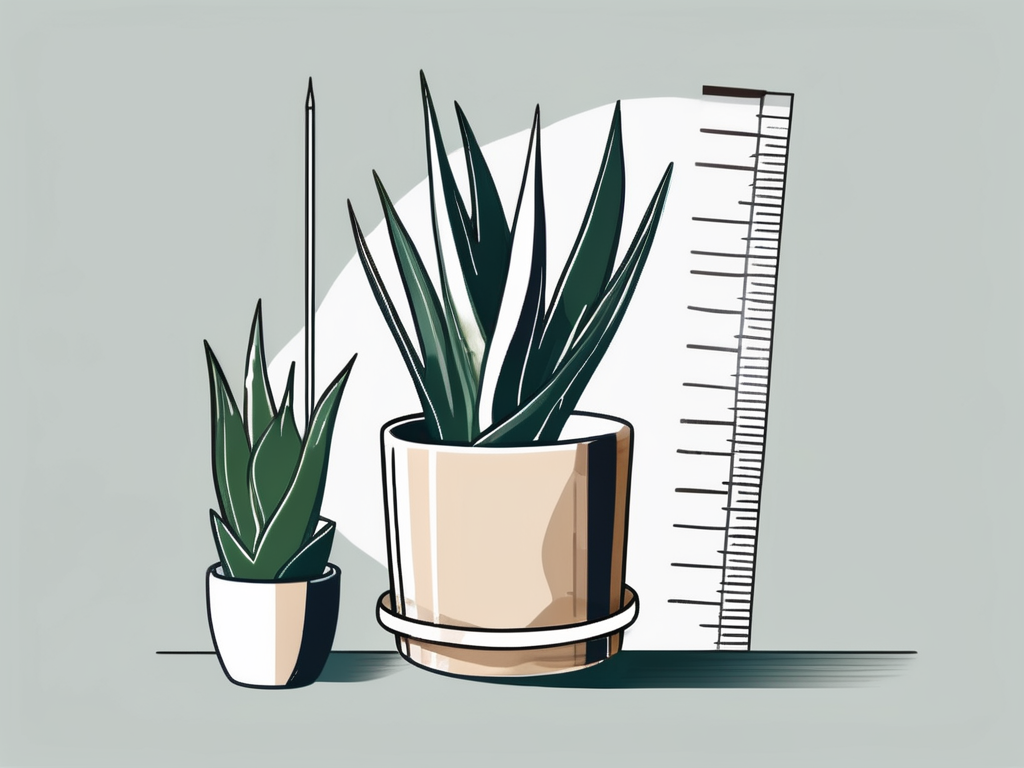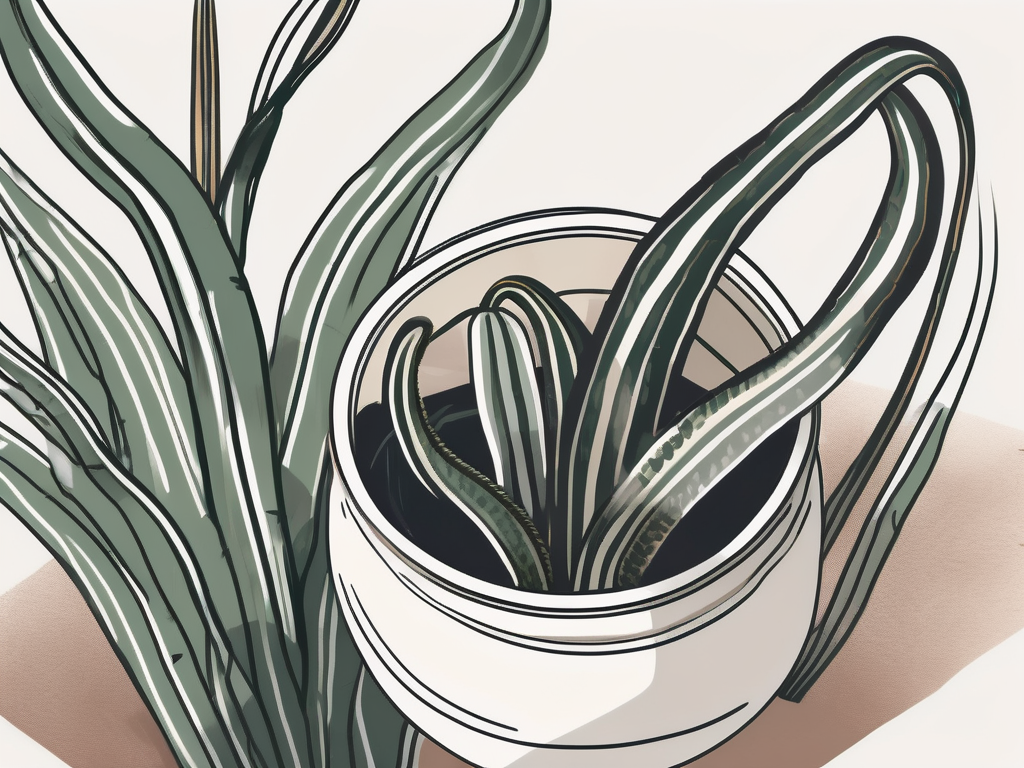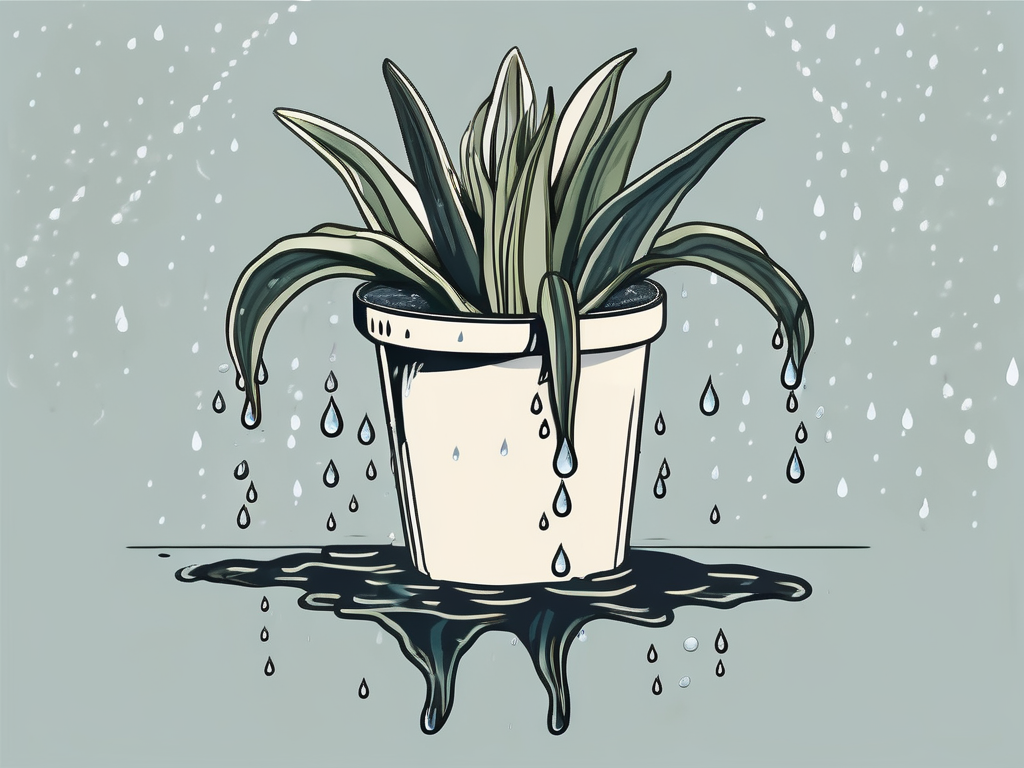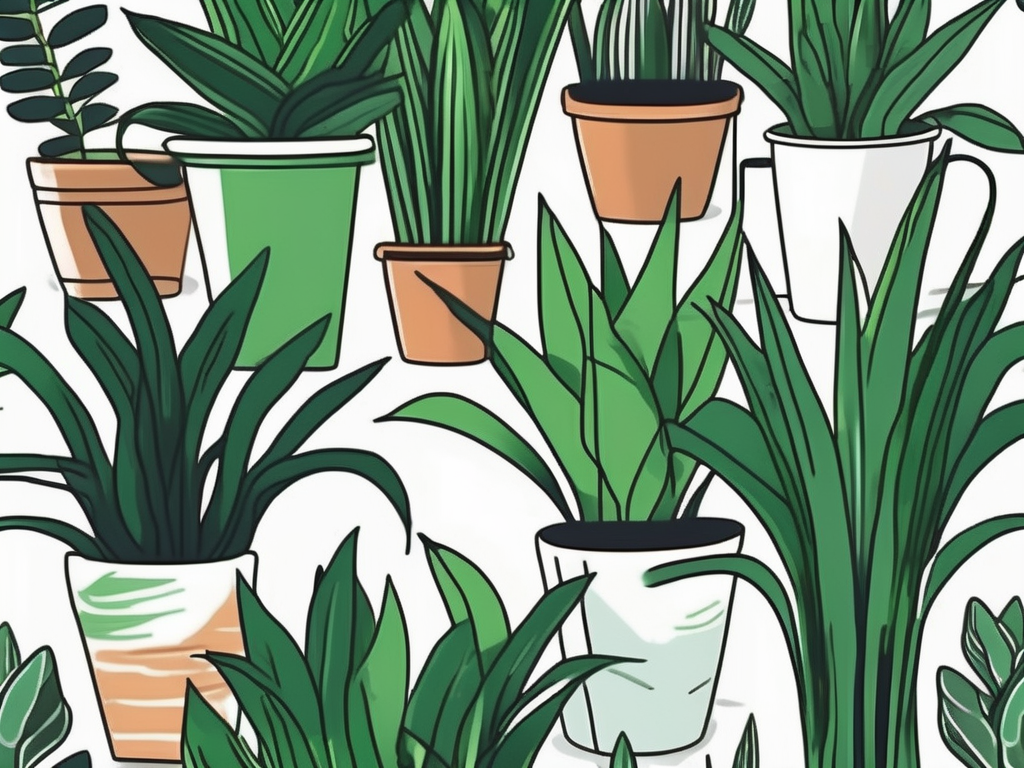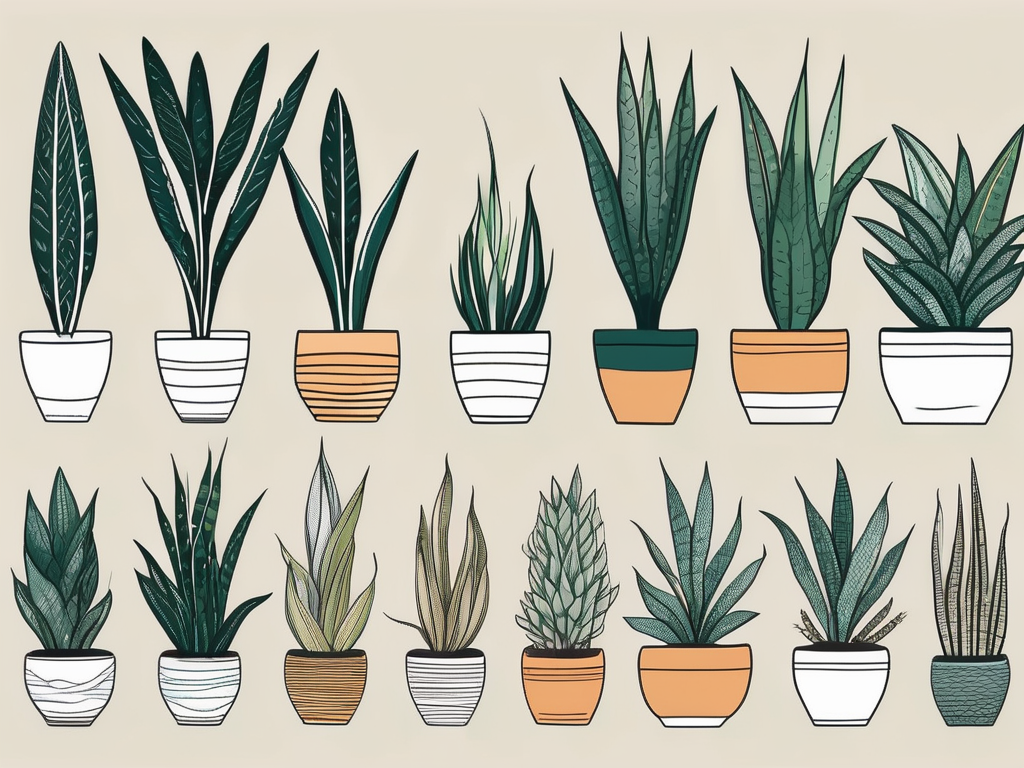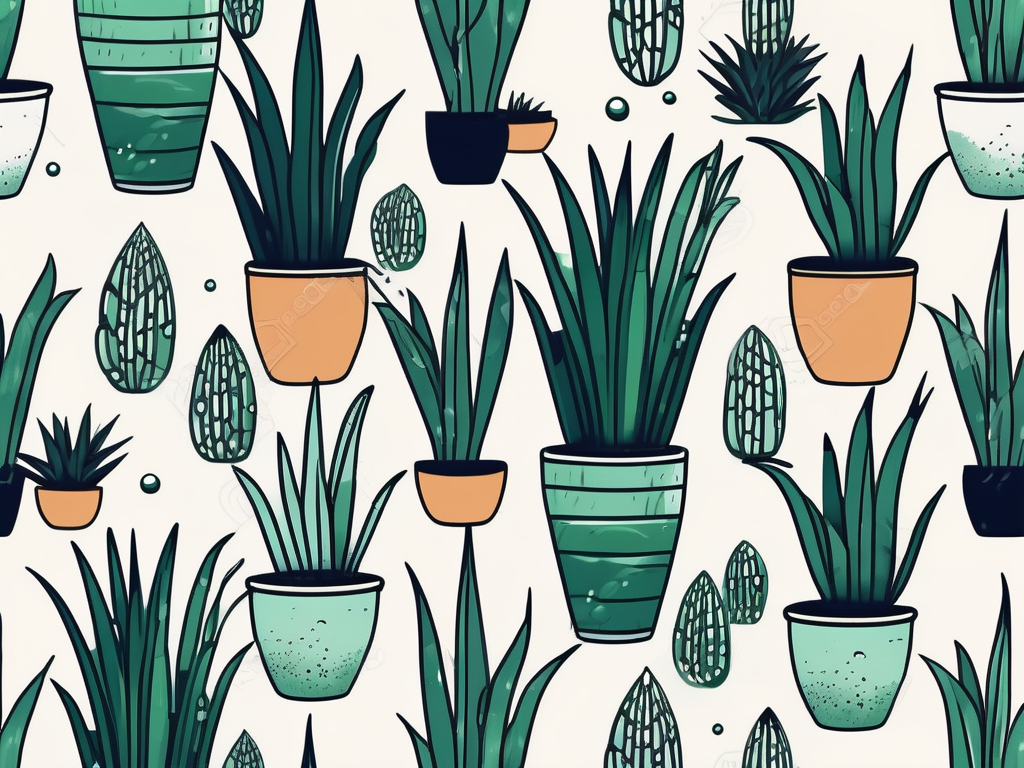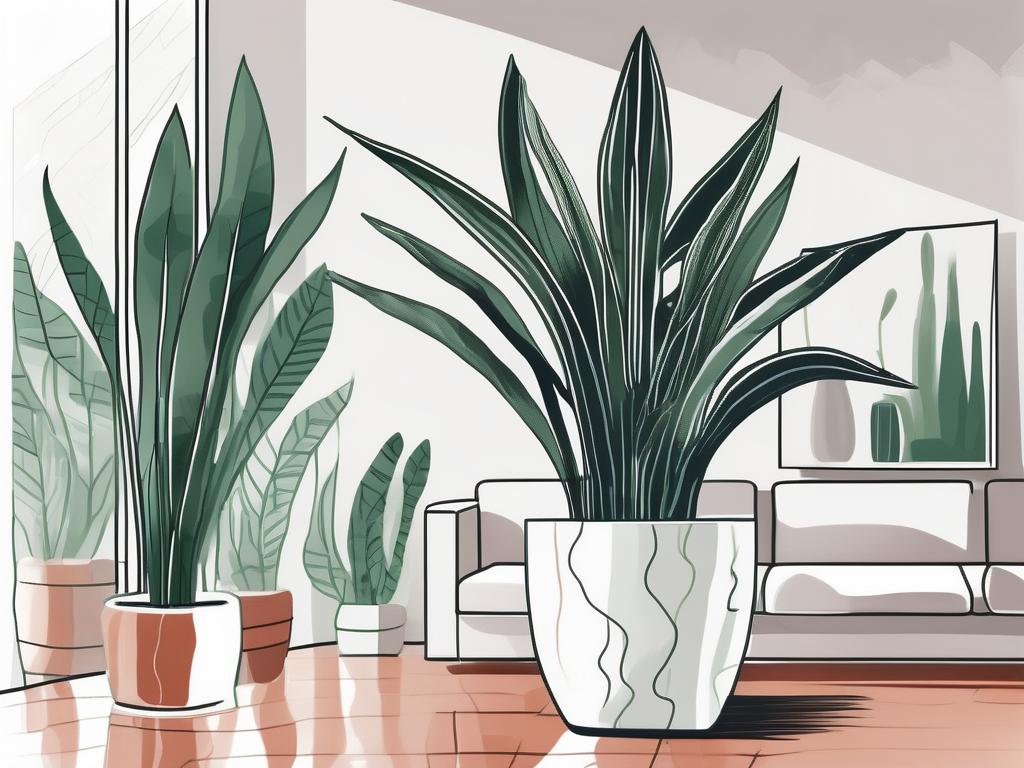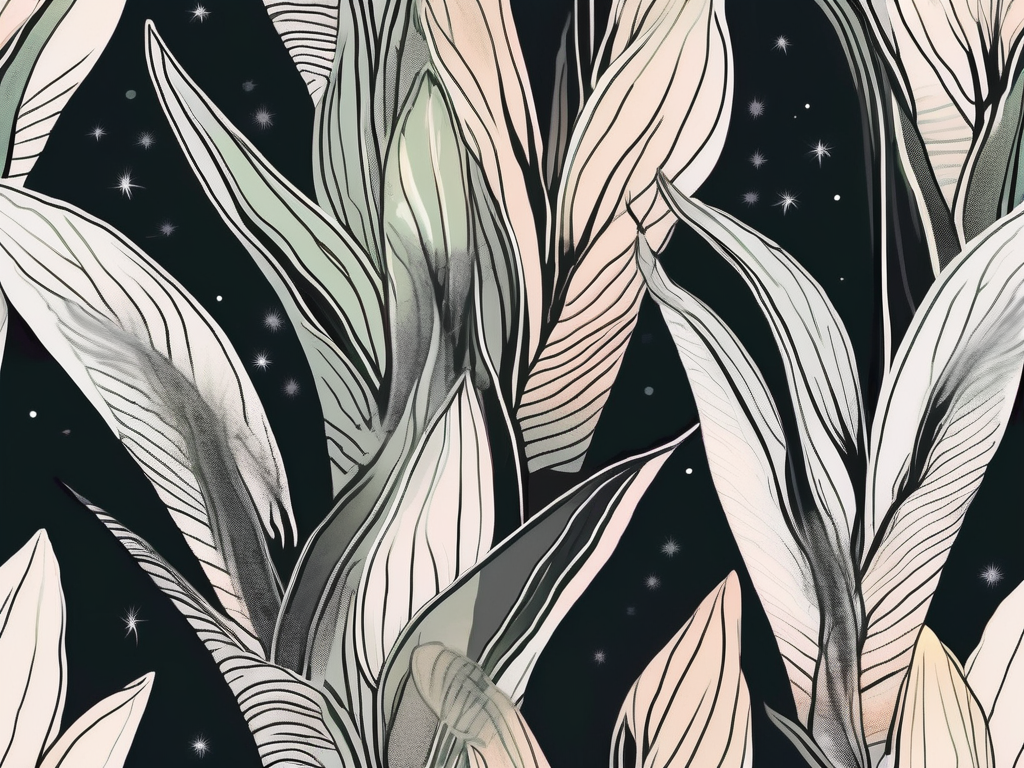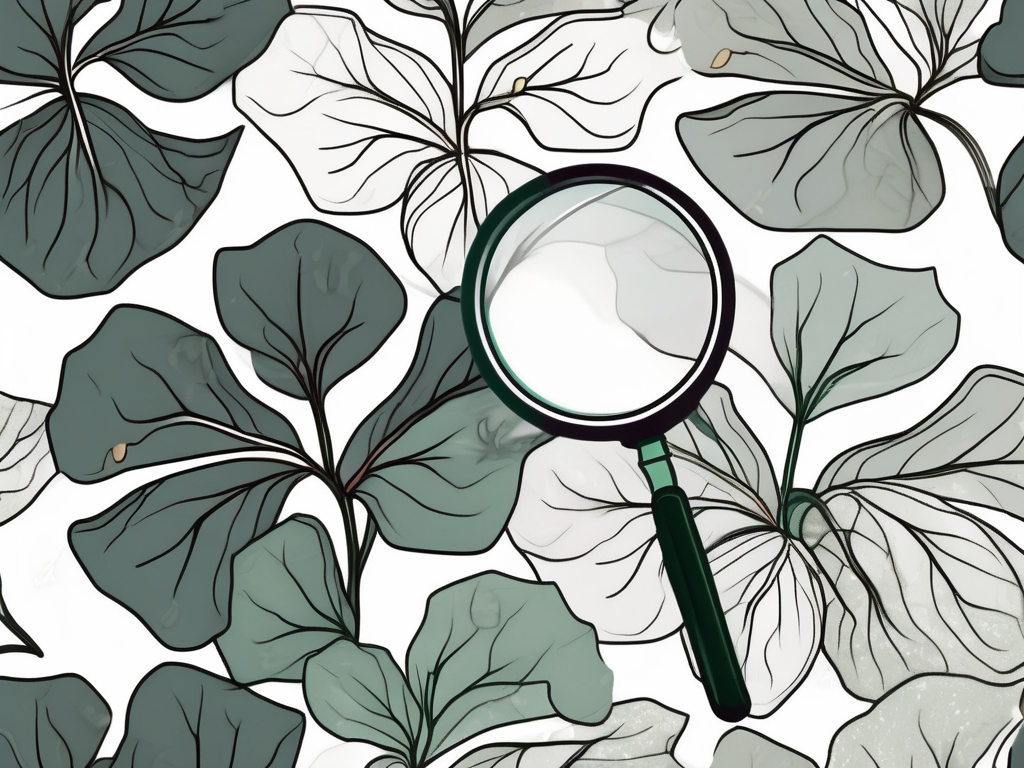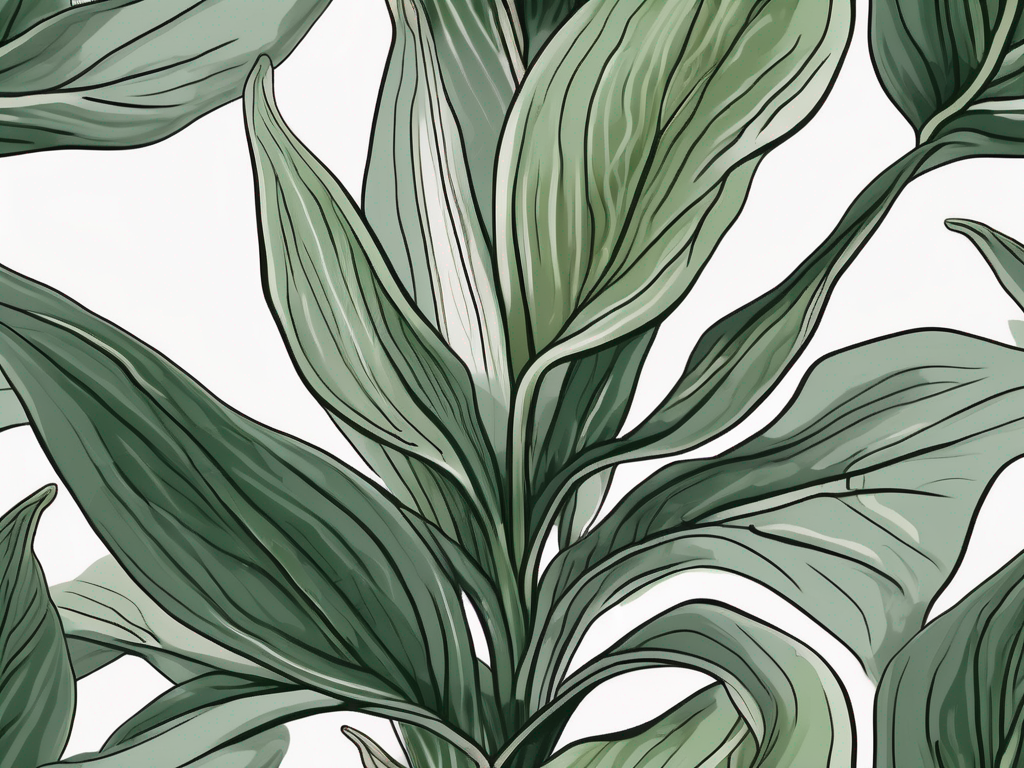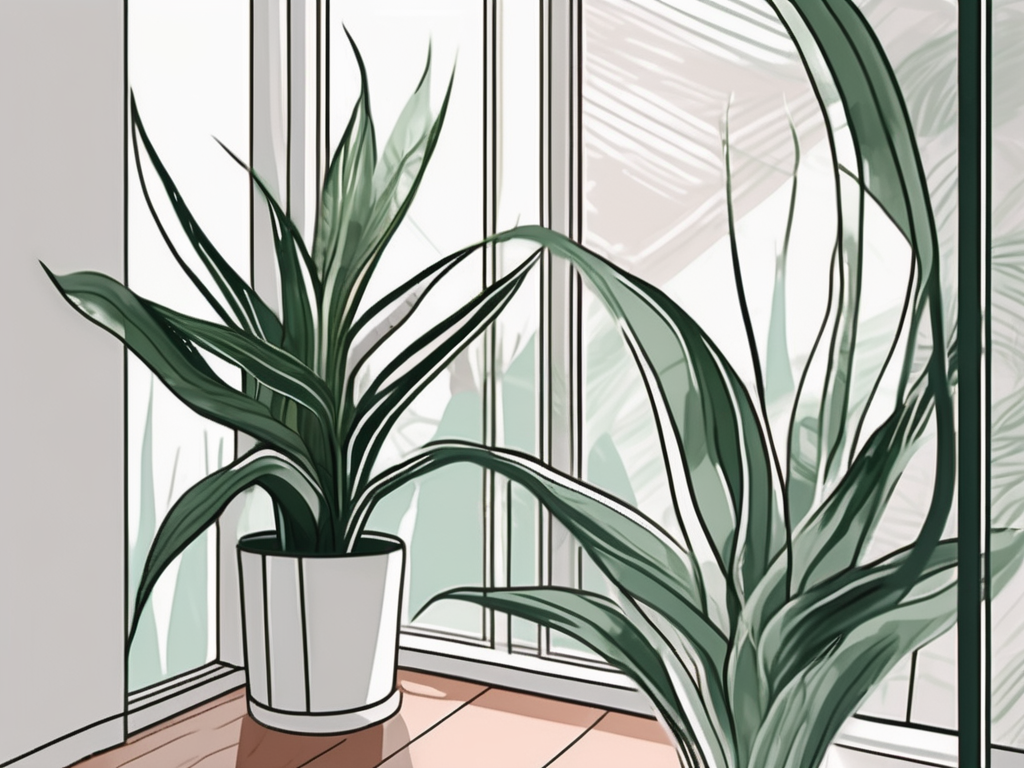
If you're a snake plant owner, you might have noticed your beloved plant's leaves starting to curl. It's like they're doing a little dance that you didn't choreograph. While they might look like they're just trying to add a bit of personality to your home decor, curling leaves can be a sign that something's not quite right.
In this article, we're going to chat about why your snake plant might be throwing these leafy curves at you. We'll cover various causes and, more importantly, how you can get those leaves back to their upright, pointy selves. Whether you're a seasoned plant parent or just starting your green journey, there's something here for everyone.
Water Woes: Overwatering and Underwatering
Let's start with the most common culprit: water. Snake plants are pretty low-maintenance, but they do have a particular preference when it comes to hydration. If your snake plant's leaves are curling, it could be due to either overwatering or underwatering. It's a bit like Goldilocks needing her porridge just right.
Overwatering: Snake plants don't like their roots sitting in water. They're native to arid regions, which means they're used to going without a drink for a while. If you notice your plant's leaves are curling downwards and turning mushy, you might be giving it a bit too much love with the watering can. Overwatering can lead to root rot, which is no fun for your plant.
Underwatering: On the flip side, if the leaves are curling upwards and looking a bit crispy, your plant is probably thirsty. While snake plants are drought-tolerant, they still need some water to thrive. If the soil feels dry a few inches below the surface, it's time for a drink.
Pro tip: Let the soil dry out completely between waterings. This typically means watering every two to three weeks, but it can vary based on your home's humidity and temperature.
Temperature Tantrums: Too Hot or Too Cold
Just like us, snake plants have their preferred climate. If your leaves are curling, it might be because the temperature is a bit too extreme for their liking. Think of them as that friend who's always adjusting the thermostat.
Too Hot: If your snake plant is sitting in a spot that gets a lot of direct sunlight, it might be getting sunburned. Leaves can curl to protect themselves from too much sun. If you notice browning along with the curl, it might be time to move your plant to a shadier spot.
Too Cold: Snake plants aren't fans of chilly drafts or cold temperatures. If your plant is near a window or a door that lets in cold winter air, the leaves might be curling in protest. Try relocating your plant to a more stable environment where it can stay cozy.
Keep your snake plant in temperatures between 60°F and 80°F for the happiest leaves.
Lighting Levels: Too Much or Too Little
While snake plants are known for their adaptability, they do have their lighting preferences. If your plant's leaves are curling, your lighting setup might need some tweaking.
Too Much Light: Direct sunlight can cause the leaves to curl as a defense mechanism. If your plant is sunbathing a bit too much, you might notice curling accompanied by a lightening of the leaves. A little less sun could do the trick.
Too Little Light: On the other hand, if your snake plant is in a dimly lit corner, it might curl its leaves to let you know it's feeling a bit neglected. While snake plants can survive in low light, they prefer bright, indirect light for optimal health.
Try placing your plant near a window with filtered light or use a sheer curtain to diffuse direct sunlight. It’s all about finding that sweet spot!
Humidity Hassles: Too Dry or Too Damp
Humidity can also play a role in how your snake plant's leaves behave. While they're not as fussy as some tropical plants, snake plants can still react to the moisture level in the air.
Too Dry: If your home is particularly dry, especially in the winter months when heating systems are cranked up, your snake plant might respond by curling its leaves. You can combat this by misting the leaves occasionally or using a pebble tray with water to raise the humidity around the plant.
Too Damp: Excess humidity isn't usually a problem for snake plants, but if your home is very humid, it might contribute to fungal issues, which could cause curling. Ensure proper air circulation around your plant to prevent any unwanted moisture buildup.
Regularly check the environment your snake plant is in, and adjust if necessary. This could mean moving it to a different room or adding a small humidifier nearby.
Pest Problems: Unwelcome Visitors
Sometimes, curling leaves can be a sign of a pest problem. Although snake plants are relatively pest-resistant, they can still fall victim to a few critters.
Common Pests:
- Spider Mites: These tiny pests suck the juices out of the leaves, causing them to curl and turn yellow.
- Mealybugs: They appear as small, cotton-like masses on the plant and can cause curling by feeding on the sap.
- Aphids: These are small green or black insects that can cause leaves to curl by feeding on them.
To deal with pests, you can try wiping the leaves with a solution of water and mild soap or using neem oil. Regularly inspecting your plant and cleaning its leaves can prevent pests from taking hold.
Nutrient Needs: Fertilizer Facts
Your snake plant might also be curling its leaves to signal a nutrient deficiency. Just like us needing the right balance of vitamins, plants need their nutrients to stay healthy.
Too Little Nutrients: If your plant isn't getting enough nutrients, its leaves might curl as a way of showing stress. This can often happen if the plant has been in the same soil for a long time.
Too Much Fertilizer: On the other hand, over-fertilizing can lead to a buildup of salts in the soil, causing the leaves to curl. It's important to find the right balance.
Consider fertilizing your snake plant with a balanced, water-soluble fertilizer during the growing season (spring and summer) every 4-6 weeks. Avoid fertilizing in the winter when plant growth naturally slows down.
Pot Problems: Root Bound or Wrong Size
Another thing to consider is the pot your snake plant is living in. If it's feeling cramped or the pot isn't quite right, it might express its discomfort through curling leaves.
Root Bound: If the roots are circling around the inside of the pot, your plant might be root bound. This can restrict its ability to take up water and nutrients, leading to curling leaves. If you notice roots coming out of the drainage holes, it’s time for a new pot.
Wrong Pot Size: If the pot is too large, it can hold excess moisture, leading to potential overwatering issues. A pot that's the right size allows for proper drainage and gives the roots room to breathe.
Repot your snake plant every 2-3 years or when you notice it outgrowing its current home. Choose a pot that’s slightly larger than the current one, with good drainage holes.
Soil Selection: Not Just Dirt
While soil might seem like just a place for your plant to sit, it plays a huge role in its health. The wrong type of soil can cause all sorts of problems, including leaf curling.
Improper Soil: Snake plants prefer well-draining soil. If the soil retains too much moisture, it can lead to root issues and curling leaves. A cactus or succulent mix is usually a good choice, as it provides the drainage these plants need.
Soil Compaction: Over time, soil can become compacted, restricting root growth and water absorption. This can lead to stress and curling leaves.
Ensure your snake plant's soil is appropriate for its needs, and consider refreshing it every couple of years to keep it loose and nutrient-rich.
Stress Factors: Moving and Transitions
Plants can experience stress just like us, and snake plants are no exception. If you've recently moved your plant or changed its environment, it might be reacting by curling its leaves.
Environmental Changes: Moving your plant to a new location with different light, temperature, or humidity can cause temporary stress, resulting in curling leaves. Give your plant some time to adjust, and it should bounce back.
Repotting Stress: If you've recently repotted your snake plant, it might need a little time to settle into its new home. Leaf curling can be a sign of temporary stress, and with proper care, your plant will likely recover.
Be patient with your plant during transitions. Keep its care consistent, and it should adapt over time.
Final Thoughts
Snake plant leaves curling can be a sign of various issues, from watering and temperature to pests and soil. By identifying the cause and adjusting your care routine, you can help your plant get back to its healthy, upright self.
At Cafe Planta, we're all about helping you and your plants thrive. If you have questions about plant care, feel free to reach out to us via email or send us a message on Instagram. Whether you're just starting out or have a house full of green friends, we're here to support your plant journey.














